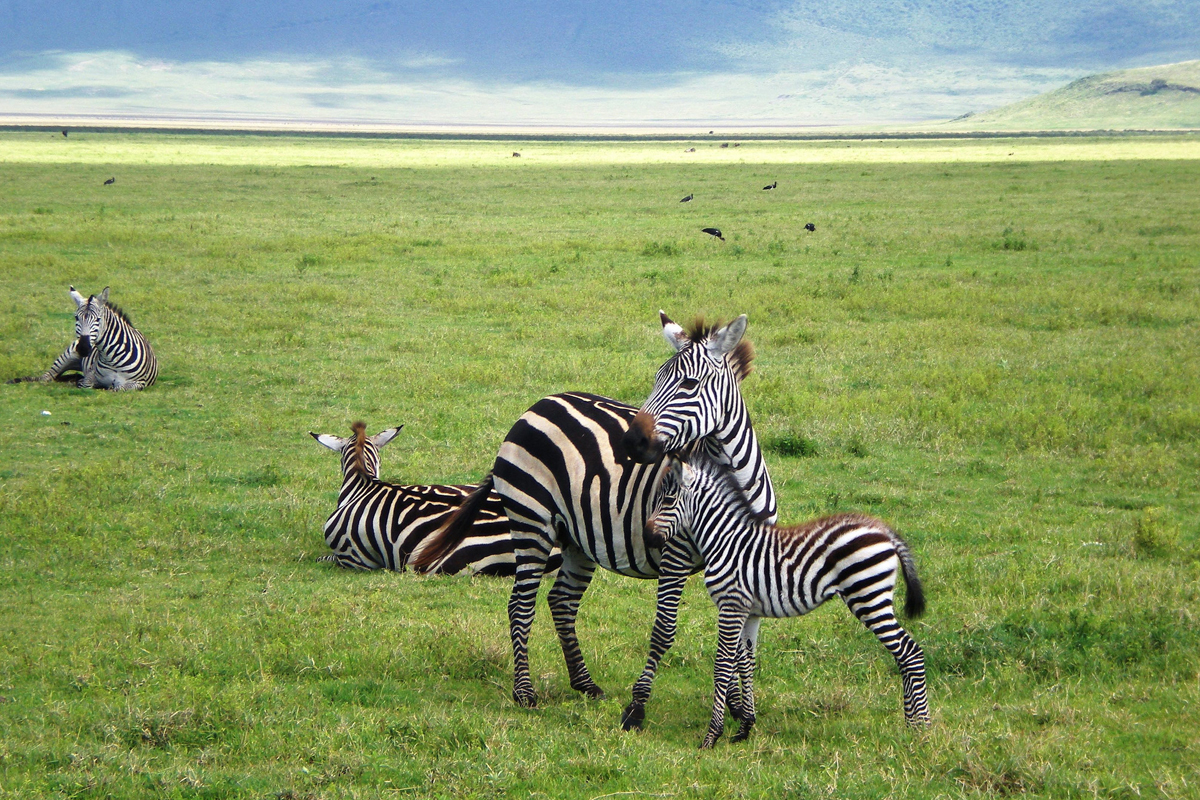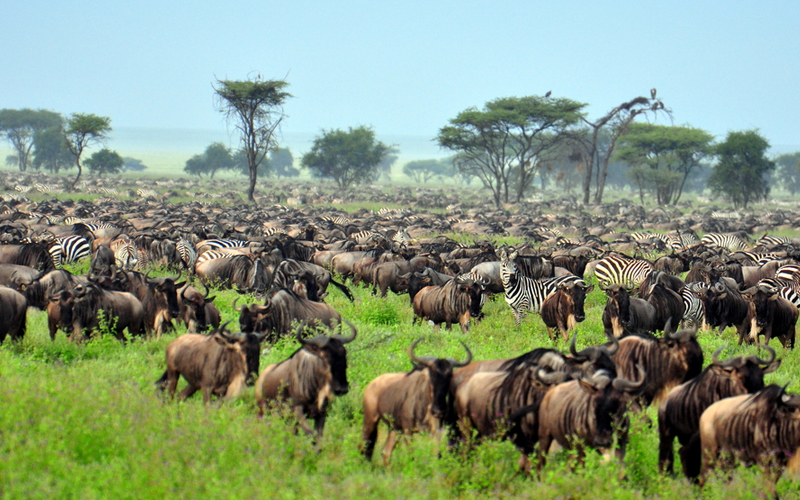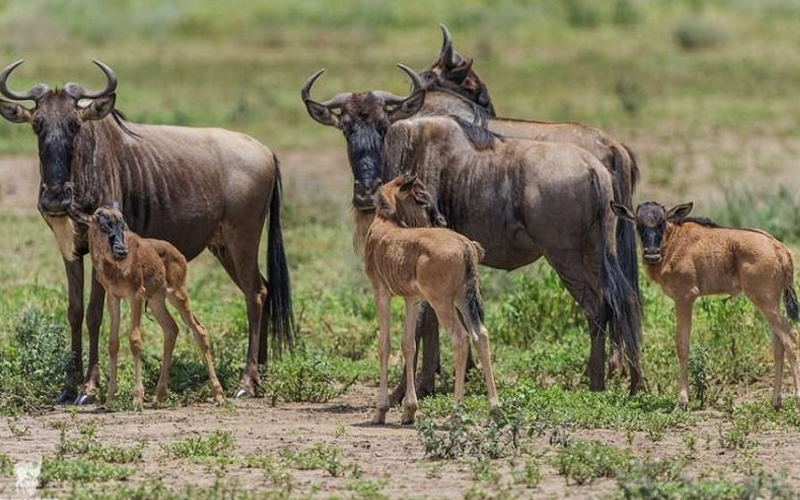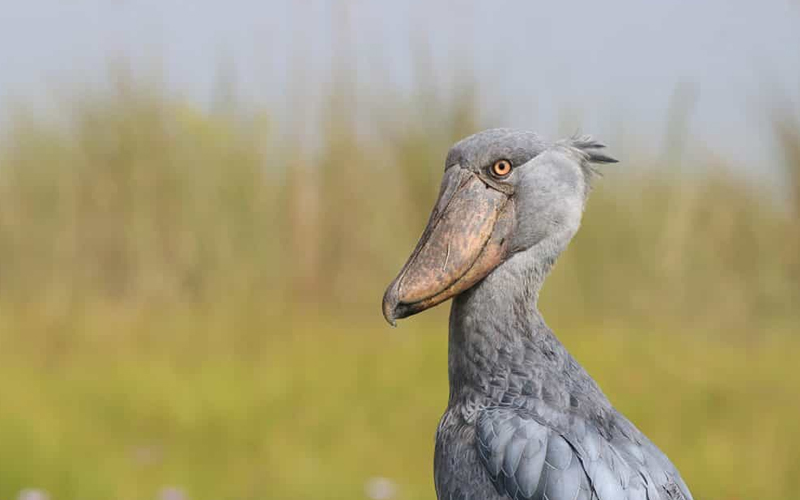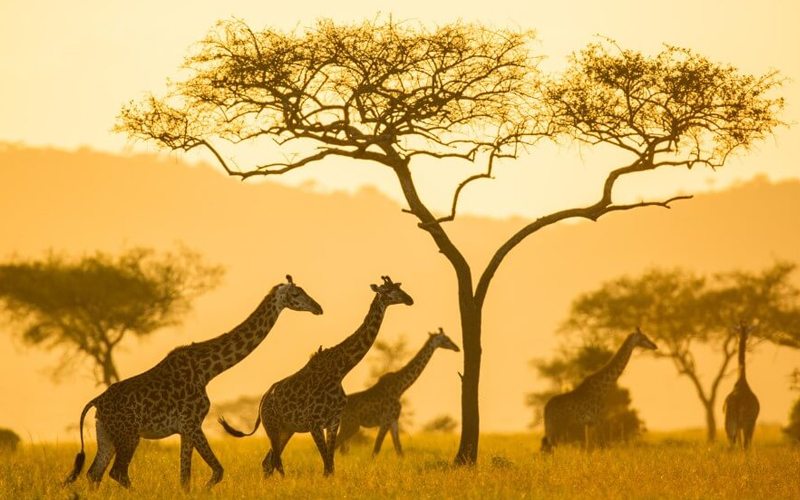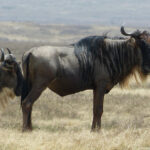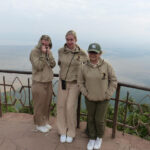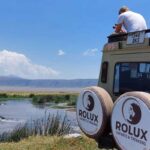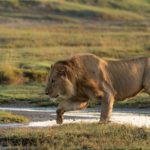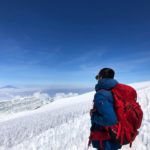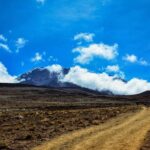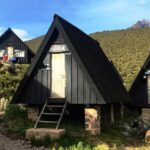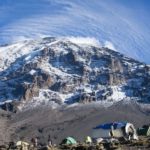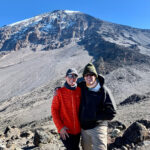Tanzania stands out as a top safari destination, celebrated for its remarkable wildlife, varied landscapes, and iconic natural wonders such as the Serengeti and Ngorongoro Crater. Choosing the best time for a safari in Tanzania is crucial as the country’s seasons greatly impact your experience. This comprehensive guide will help you understand the different seasons, their unique offerings, and what you can expect during your safari adventure.
Understanding Tanzania’s Seasons
Tanzania’s climate can be broadly divided into two main seasons: the dry season and the rainy season. Each offers distinct advantages and experiences for safari-goers. Let’s delve into the specifics of each season to help you plan your perfect safari.
The Dry Season (June to October)
Why Visit During the Dry Season?
The dry season is often considered the best time for Tanzania safari due to its optimal wildlife viewing conditions. Here’s why:
- Wildlife Concentration: As water sources become scarce, animals congregate around rivers and waterholes, making them easier to spot. This is particularly true in parks like Tarangire, where large elephant herds gather near the Tarangire River.
- The Great Migration: This period is ideal for witnessing the Great Migration in the Serengeti, especially the dramatic river crossings in July and August. Watching thousands of wildebeest and zebras braving crocodile-infested waters is a sight to behold.
- Pleasant Weather: The weather is typically sunny and dry, with clear skies and cooler temperatures, making it comfortable for game drives and outdoor activities. Daytime temperatures are usually around 25°C (77°F), while nights can be quite cool.
- Reduced Vegetation: The sparse vegetation allows for better visibility, enhancing your chances of spotting wildlife. The lack of foliage means animals have fewer places to hide, making it easier to see them.
Popular Destinations
- Serengeti National Park: Famous for the Great Migration, the Serengeti is a must-visit during the dry season. The vast plains are teeming with wildlife, including lions, elephants, and cheetahs. The Seronera area, known for its high concentration of big cats, is particularly good during this time.
- Ngorongoro Crater: This UNESCO World Heritage Site is home to a high density of wildlife. The dry season offers a better chance to see black rhinos, lions, and large herds of wildebeest and zebras. Ngorongoro crater floor is easier to navigate, and the sparse vegetation improves visibility.
- Tarangire National Park: Known for its large elephant herds, Tarangire National Park is vibrant during the dry season. The park’s swamps and the Tarangire River attract a variety of animals, providing excellent game viewing. Additionally, the baobab-studded landscape is strikingly beautiful.
The Short Rainy Season (November to December)
Why Visit During the Short Rainy Season?
The short rainy season, also known as the “short rains,” brings brief, sporadic showers, which can refresh the landscape and enhance the safari experience.
- Lush Scenery: The rains rejuvenate the landscape, transforming the plains into a lush, green paradise. The vibrant scenery is stunning and makes for excellent photography.
- Fewer Crowds: This season sees fewer tourists, providing a more intimate and peaceful safari experience. You can enjoy popular parks without the crowds and may find better deals on accommodations.
- Calving Season: December marks the beginning of the calving season in the Serengeti, where thousands of wildebeest give birth, attracting predators and creating dramatic wildlife interactions. The sight of newborn calves taking their first steps is both heartwarming and thrilling.
Popular Destinations
- Southern Serengeti: The Ndutu region is a hotspot during the calving season, offering opportunities to witness the birth of wildebeest calves and the predator-prey dynamics. Predators like lions, hyenas, and cheetahs are particularly active, taking advantage of vulnerable newborns.
- Selous Game Reserve: The short rains enhance the beauty of Selous, one of Africa’s largest game reserves, making it a great time to visit for a more secluded safari. The reserve’s rivers and lakes swell, attracting a variety of birds and animals.
The Long Rainy Season (March to May)
Why Visit During the Long Rainy Season?
The long rainy season, or “long rains,” sees more consistent and heavier rainfall. While it is the low season for tourism, it offers several benefits for adventurous travelers.
- Budget-Friendly: This period is the low season, meaning lower prices for safaris, accommodations, and flights. You can take advantage of significant discounts and special offers.
- Birdwatching: The rains attract a variety of migratory birds, making it a paradise for birdwatchers. The abundance of water and insects draws birds from all over the world, adding to the region’s avian diversity.
- Vibrant Vegetation: The landscape is at its most lush and vibrant, providing stunning backdrops for photography. The greenery and blooming flowers create picturesque scenes, perfect for nature enthusiasts.
Challenges
- Accessibility: Some roads and trails may become muddy and impassable, making travel challenging in certain areas. It’s essential to plan your route carefully and consider using 4×4 vehicles.
- Wildlife Viewing: Dense vegetation can make it harder to spot wildlife, as animals have more cover. However, experienced guides can help you locate and observe animals despite the foliage.
Popular Destinations
- Ngorongoro Crater: Despite the rains, the crater remains accessible and offers excellent wildlife viewing opportunities. The lush green scenery is breathtaking, and the wildlife is abundant.
- Lake Manyara National Park: Known for its tree-climbing lions and large flocks of flamingos, Lake Manyara National Park is beautiful during the rainy season. The park’s lake and forests are teeming with life, providing a rich safari experience.
Shoulder Seasons (January to February, June)
Why Visit During Shoulder Seasons?
The shoulder seasons, which fall between the main rainy and dry seasons, offer a balanced safari experience.
- Calving Season: January to February is part of the calving season in the Serengeti, providing opportunities to see newborn wildlife and predator interactions. The sight of young animals and the interactions they provoke with predators can be thrilling.
- Mild Weather: The weather is generally mild and pleasant, with fewer tourists compared to the peak dry season. This makes it an ideal time for those who prefer a quieter experience.
- Great Migration: June marks the beginning of the dry season and the start of the Great Migration, making it an excellent time for game viewing. The herds start moving north, and you can witness the beginning of their epic journey.
- Serengeti National Park: Both shoulder seasons offer unique opportunities to experience the Great Migration and the associated predator-prey dynamics. The central Serengeti is particularly active, with predators closely following the herds.
- Ruaha National Park: Known for its rugged beauty and diverse wildlife, Ruaha is a fantastic destination during the shoulder seasons. The park’s rivers and waterholes attract a variety of animals, providing excellent game viewing. The baobab-dotted landscape and dramatic gorges add to its allure.
Choosing the best time for a safari in Tanzania depends on your preferences and what you hope to experience. Whether you’re drawn to the abundant wildlife of the dry season, the lush landscapes of the rainy season, or the balance of the shoulder seasons, Tanzania offers a spectacular safari experience year-round. By understanding the characteristics of each season, you can plan a trip that aligns with your interests and ensures an unforgettable adventure in the heart of Africa.
FAQs
What is the best time to see the Great Migration in Tanzania?
The best time to see the Great Migration is during the dry season, particularly from July to August when the herds cross the Mara River. January to February is also a good time to witness the calving season in the southern Serengeti.
What should I pack for a safari in Tanzania?
Pack light, breathable clothing for warm days and a few layers for cooler evenings. Don’t forget essentials like sunscreen, insect repellent, a hat, binoculars, and a good camera. Waterproof gear is essential if visiting during the rainy season.
Are safaris in Tanzania suitable for families with children?
Yes, many lodges and tour operators offer family-friendly safaris with activities tailored for children. It’s a great way to introduce kids to wildlife and nature.
How can I ensure a sustainable and eco-friendly safari?
Choose eco-friendly lodges and tour operators that prioritize conservation and support local communities. Follow park rules, respect wildlife, and minimize your environmental impact by reducing waste and conserving resources.
Is it safe to travel to Tanzania for a safari?
Tanzania is generally safe for tourists, especially in popular safari destinations. However, it’s important to follow travel advisories, take necessary health precautions, and be aware of your surroundings. Booking with reputable tour operators also enhances safety.

